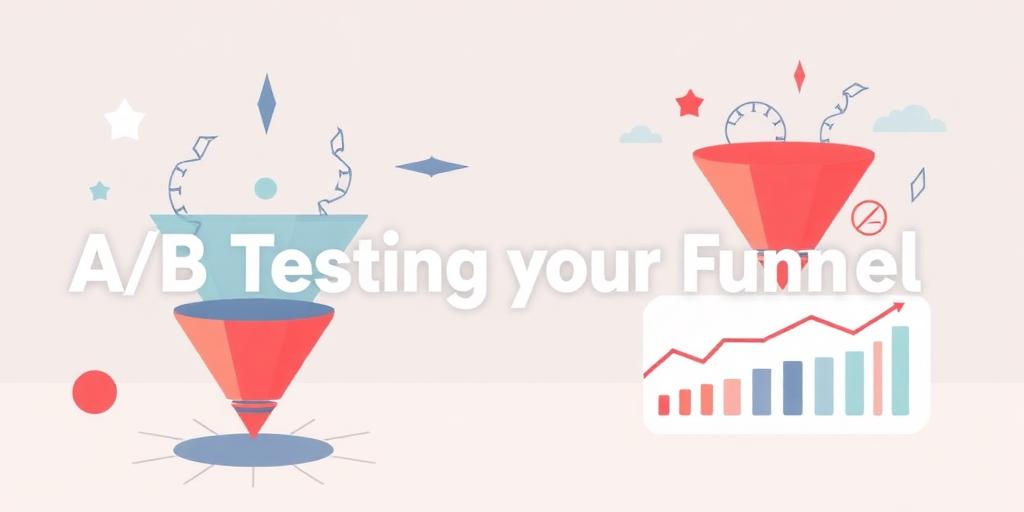A/B Testing Your Funnel: What to Test for Maximum Impact
A/B testing, also known as split testing, is a method of comparing two versions of a webpage, app screen, or other marketing asset against each other to determine which one performs better. In the context of a marketing or sales funnel, A/B testing can be a powerful tool for identifying areas of improvement and optimizing the funnel for maximum conversion rates.
Understanding the Funnel
Before diving into what to test, it's crucial to understand the different stages of your funnel. A typical funnel might include:
- Awareness: The stage where potential customers first learn about your product or service.
- Interest: The stage where they start showing interest and seeking more information.
- Decision: The stage where they evaluate their options and decide whether to purchase.
- Action: The stage where they complete the desired action, such as making a purchase or signing up for a service.
What to A/B Test for Maximum Impact
Here's a breakdown of elements you can A/B test at each stage of the funnel:
1. Awareness Stage
- Headlines: Headlines are the first thing people see. Test different wording, lengths, and value propositions to see which grabs attention.
- Images/Videos: Visuals can significantly impact engagement. Test different images, videos, or even animated GIFs to see what resonates best with your audience.
- Ad Copy: Test different ad copy variations to see which ones drive more clicks and impressions. Focus on clear, concise messaging that highlights the benefits of your product or service.
2. Interest Stage
- Landing Page Copy: Experiment with different headlines, body copy, and calls to action to see which combination leads to higher conversion rates.
- Forms: Test different form lengths, field types, and layouts to optimize for completion rates. Only ask for necessary information to reduce friction.
- Navigation: Simplify navigation and make it easy for users to find what they're looking for. Test different menu structures, labels, and search functionality.
3. Decision Stage
- Pricing Pages: Experiment with different pricing structures, payment plans, and discounts to see which ones drive the most sales. Consider offering a free trial or money-back guarantee to reduce risk.
- Product Descriptions: Use clear, concise language that highlights the benefits of your product or service. Test different formats, such as bullet points, tables, or videos.
- Testimonials/Reviews: Social proof can significantly impact purchasing decisions. Test different placements, formats, and lengths of testimonials and reviews.
4. Action Stage
- Call-to-Action (CTA) Buttons: CTAs are crucial for guiding users to the next step. Test different wording, colors, sizes, and placements to see which ones generate the most clicks.
- Checkout Process: Streamline the checkout process to minimize friction and reduce cart abandonment. Test different form fields, payment options, and shipping options.
- Thank You Pages: Use thank you pages to upsell or cross-sell related products or services. Test different offers, messaging, and designs to maximize revenue.
Best Practices for A/B Testing
- Test One Element at a Time: To accurately measure the impact of each change, only test one element at a time.
- Use a Control Group: Always have a control group that sees the original version of the page or element.
- Run Tests for a Sufficient Time: Ensure your tests run long enough to gather statistically significant data.
- Analyze Your Results: Use analytics tools to track key metrics and identify winning variations.
- Implement Changes: Once you've identified a winning variation, implement it on your website or app.
A/B testing is an iterative process. Continuously test and optimize your funnel to improve conversion rates and maximize your return on investment. By focusing on key elements at each stage of the funnel and following best practices, you can unlock the full potential of A/B testing and drive significant business results.









